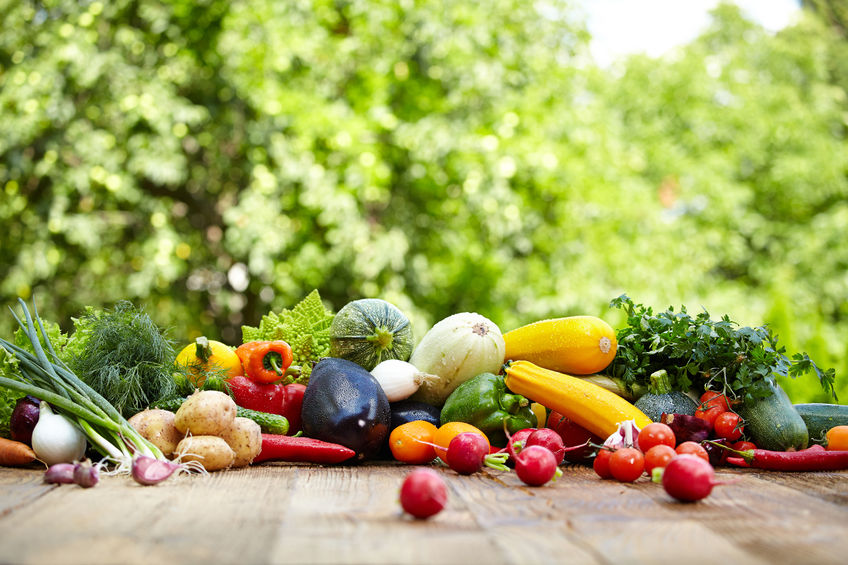7 Trends Expected to Impact Food and Beverage Marketing in 2018
The food and beverage industry is no stranger to the power (and longevity) of some trends (avocado toast anyone?). But we’ve also seen trends fizzle and fade quickly.
Today’s consumers want their foods to do more than just fill their bellies. They want to know more about their food, and they want healthy food to be easier to find.
The trends uncovered by a variety of sources, show that these things will have significant impact on food and beverage marketing in 2018.
1. An Increased Attention to Mindfulness.
People are inquisitive, and they are paying more attention to where their food comes from, sometimes down to the individual ingredients.
Innova Marketing Insights has named mindfulness as one of the most significant drivers of food & beverage marketing in 2018. Along with mindfulness, consumers want to know more about what they consume. It’s not just being aware of what you are eating; it’s about where it comes from, and how it’s made. People want to know all of those things.
Food & beverage companies may want to consider increased transparency around what is in different items, how they are sourced, and even how they label food products, both in advertising and in stores.
2. Creative Use of Scraps/Minimal Waste in Cooking.
Over the past few years, consumers have become more vocal about the amount of food that is thrown away and how it can be put to better use than just rotting in a landfill.
Whether food waste comes from a grocery store as imperfect-looking produce or a restaurant, consumers want to know that more food is used in a way that can help others.
Food sustainability is a growing concern for many consumers, especially when faced with potential problems like water scarcity. People want to know that resources are being used responsibly, even if the product isn’t a photo-worthy vegetable or fruit.
3. Changing Attitudes Toward Cannabis.
Although it isn’t legal in all 50 states, increasing acceptance of cannabis is leading to new ways of consumption.
Though not yet legal everywhere under federal law, big names like Constellation Brands are branching out into the new industry.
In states where Cannabis is legal, we’ll likely see an increase in the availability of THC-and CBD-infused edibles.
4. Social Media Influence.
Social media stars continue to play a prominent role in highlighting brands.
Typically younger consumers, these bloggers, Instagrammers, and Youtubers have built massive fan followings and can bring brands to new heights, with the click of a button. They can also bring a brand down a notch if they feel negative about a company or product.
Brands will want to be aware that colorful foods and meals with intricate plating styles may come into play as people continue to snap photos and share their dining experiences with the world.
5. Increased Popularity of International Cuisine and Dining as an Experience.
For many individuals, cooking is an easy way to experience a new culture. Whole Foods notes that Middle Eastern foods are gaining in popularity and are likely to continue to move into the mainstream in 2018.
But it’s not just the flavors of a new region – consumers are also interested in learning more about the heritage and traditions that surround the foods they eat, especially if those meals are of a cuisine different from what the diner knows.
6. Increased Demand for Plant-Based Products.
Non-dairy drinks made from almonds, cashews, even peas and rice have become increasingly popular over the past few years, and the increasing demand for plant-based foods does not seem to be slowing.
Companies are now working to create plant-based items that mimic meat-based products in nearly every way, from texture to moisture – some meat alternatives are even created with the ability to “bleed” like a typical hamburger product.
7. Availability of Home Delivery and Ease of Preparation.
The growth of home delivery services, whether from outlets like Amazon Grocery, Safeway or from subscription box services that deliver ingredients proportioned for individual meals will likely continue in 2018, because consumers are extremely busy and not slowing down.
Shopping, pre-cooking preparation and cooking all take time, and not everyone is willing to sacrifice that time. Statista noted that Blue Apron had 3.23 million visits in September 2017, followed by Hello Fresh, with 2.58 million visits, and HomeChef.com with 1.53 million visits.
Home delivery and quick prep options seem here to stay in 2018.
Food & beverage marketers need to understand how to embrace these trends to be relevant to their audience. If you’re looking for support with your food and beverage marketing, please give us a call.


March 28, 2018 @ 2:15 pm
Thank you for all the information about food and beverage marketing trends in 2018. I agree that people are paying more attention to where their food is coming from. I know I want to know what I am eating. It would be really nice to know that I am eating foods that don’t have harmful chemicals inside.